|
TEACHING MY STUDENTS how to improve their own writing is no easy task. I emphasize content and typically focus on one to two stylistic elements per assignment. At the beginning of the school year, I quickly noticed that my seniors were overfond of the verb “use” in most any casual or formal writing assignment. We quickly built a synonym base for the word on the whiteboard and discussed connotations. For several months, I had them search and highlight the word, allowing for a single use. As I worked on my novel these past months, my editor had to repeatedly teach me how to balance my use of active and passive voice in both dialogue and narration. Repeatedly. It took a number of attempts for my brain to get it. And practice was very much a part of the process. My point is that it often takes mini-lessons like these as we each take steps in our writing or even speaking. And that is when writing style guides can be such a help. But forget writing classics like Strunk and White’s The Elements of Style. The concept of spelling out rules with writing examples was tackled well before the 20th century. Think of Aristotle’s Poetics in 4th century BC. Though he focuses on drama and epic, he does address the use of language and a playwright’s diction. But I would be remiss if I didn’t also consider a short but splendid stylebook of the first century, one that considers the written and the spoken word. More than our contemporary guides, Cassius Longinus explores the motive of the writer. Why is he writing? What is his end? But more importantly, can we attain sublimity of language? Are we capable of learning it? A lofty passage does not convince the reason of the reader, but takes him out of himself. That which is admirable ever confounds our judgment, and eclipses that which is merely reasonable or agreeable. To believe or not is usually in our own power; but the Sublime, acting with an imperious and irresistible force, sways every reader whether he will or no.” In On the Sublime I especially enjoy how Longinus speaks of the artistic turn of phrase, the creator's craft, as he cites concrete examples from Homer, the Bible, Sappho, Herodotus, Aristarchus, and so on. The sublime is a simple term that implies so much. The "loftiness and excellence of language" remain the ideal in writing as opposed to fluff or bombast. And yes, Longinus, fully discredits those as false writing. I think today we would call that emotional or reactionary writing. Bombast is simply writing that goes too far. The writer recognizes the need to be original in his use of description and goes overboard. Longinus eventually calls it pathetic. It seems everyone wants to be original. Too true. In Part XV, Longinus provides real examples from Homer, Sophocles, and others that we can imitate. Grand language and perfectly crafted imagery are praised most, but his third and fourth principles are the most practical. Combine figures of speech or rhetorical devices for the most effect. A “close and continuous series of metaphors” is distinctive. Use conjunctions intentionally. Arrange your words in a certain and best order. There is so much more to his advice and criticism, but I especially appreciate Longinus’ analysis of a writer’s style. After we have picked at all the parts, how do we determine what the best writing is? His final pages explore this very question-- Is it not worthwhile to raise the whole question whether in poetry and prose we should prefer sublimity accompanied by some faults, or a style which never rising above moderate excellence never stumbles and never requires correction? ... these are questions proper to an inquiry on the Sublime, and urgently ask for settlement." And Longinus finds it hard to do. At first, he says a reader can discern an innate harmony within an essay. The reader simply knows it is sublime writing. But then, Longinus provides several examples of what sublime language is not. In other words, good writing remains to this day something easy to recognize yet hard to define.
Read "On the Sublime" at Project Gutenberg.
0 Comments
LIKE MANY READERS during this time of pandemia, my attention comes and goes with the needs of my household. All the classics I want to read or reread are simply standing dusty on the bookshelves. But I do find myself drawn most to fables and fairytales, well because, short reads do count. Short reads are more approachable because of their length but that doesn’t mean they lack depth, beauty, or truth. And many of these are suitable for family reads and discussions: 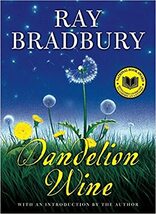
DEVOTION CAN MEAN MANY THINGS. Sometimes we don’t realize we are devoted to something until we see how much time we give to it. That’s how I would describe the steadfast quality in Booker Taliaferro Washington. Beginning in the 1880s, on almost every Sunday evening at Tuskegee Institute, Washington collected his students, teachers, and visitors to speak to them. The gathering wasn’t called a chapel service nor a Bible study, simply Sunday Evening Talks. His devotion to education and to the people who surrounded him in his work was clear. As Washington said, Unless you have got truth, you have failed in your purpose to be educated.” In these talks, Washington speaks of practical education, the trades, and working with our hands. He addresses qualities and virtues such as self-reliance, obedience, justice, and responsibility in order to study the nature of man. He mentions disappointments, homesickness, difficulties with people, and the danger of success but adds that we must always be aware of opportunities, even seeing life as a series of opportunities: And so you will find it all through life, especially for the next fifty or one hundred years, that those persons who are going to be constantly in demand, constantly sought after, are those who make the best use of their opportunities, who work unceasingly to become proficient in whatever they attempt to do.” On February 10, 1895, Washington illustrated the position of his students this way. He explained coming out of slavery as coming out of a sickbed where a man had been for a long, long time. The sick man would recover given time and opportunity, but he would have to learn again how to use his muscles, how to eat, how to function and work. Placed side by side with a healthy man, the sick man has a long way to reach his full strength. It is a process. The metaphor extends to equality between the races. By 1902, a collection of these talks was published by Doubleday as Character Building: Being Addresses Delivered on Sunday Evenings To the Students of Tuskegee Institute. The booklet reads, “The speaker has put into them his whole moral earnestness, his broad common-sense and, in many places, his eloquence. Many of Mr. Washington's friends have said that some of these addresses are the best of his utterances.” In the talk “Helping Others,” Washington speaks to all of us: This institution does not exist for your education alone; Johnston, Frances Benjamin, photographer. Booker T. Washington, half-length portrait, seated., ca1895. Photograph. https://www.loc.gov/item/2010645746/.
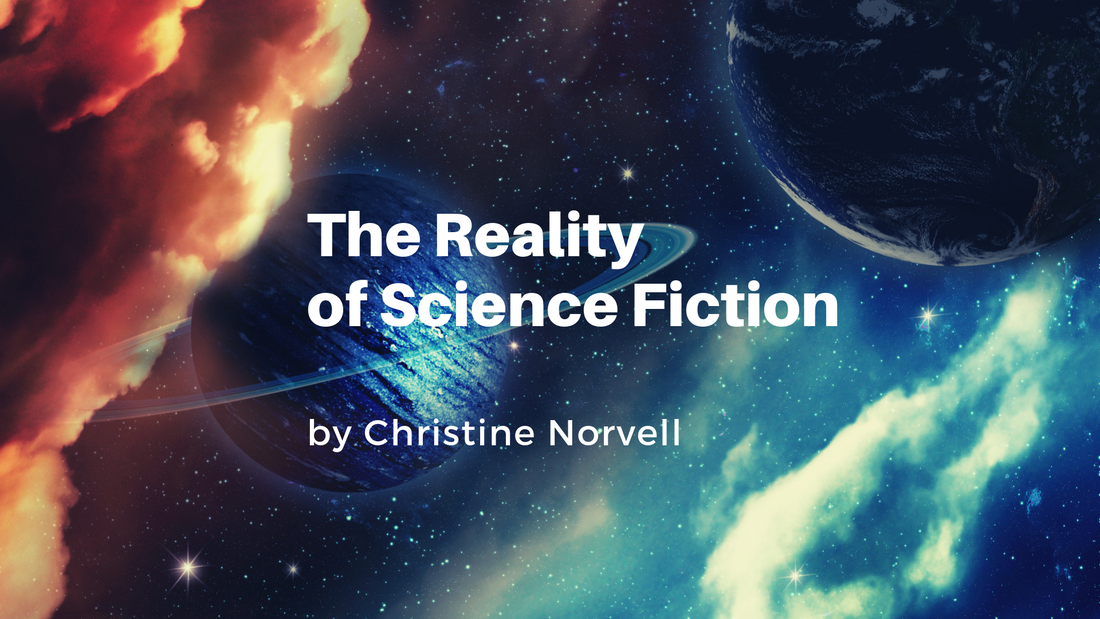 MAN IS THE REAL ALIEN. I reread a few classic short stories this week, one by an American and one by a Frenchman. In each story, man was this dissatisfied creature who couldn't find himself whether on Earth or Mars or Minerva. He tainted everything he touched. Through science fiction as a genre, this avenue of thought is prevalent. It's the best of social criticism, albeit a veiled philosophy-- CAUTION! MAN IS CAPABLE OF MASS DESTRUCTION. It's a disturbing but simple pattern. Humans introduce music or a virus or a bomb and a civilization is forever changed. Consider Alas, Babylon by Pat Frank, a seminal apocalyptic work from 1959. Yes, it deals with the effects of a nuclear war on the small town of Fort Repose, Florida, but it began with an inciting accident in Syria. Post-war life shows the natural and realistic breakdown of society amid its plucky and frequently criminal citizens.
The genre is a simple yet provoking tool. The stories may explore new places and settings but really they depict man's true nature and often the consequence of choice. I have many favorites including Orson Scott Card's series and Isaac Asimov's short stories, but I most frequently recommend the list below:
Share your favorite short or long science fiction reads in the comments section, especially why you love a particular story! V Make me thy lyre, even as the forest is: What if my leaves are falling like its own! The tumult of thy mighty harmonies Will take from both a deep, autumnal tone, Sweet though in sadness. Be thou, Spirit fierce, My spirit! Be thou me, impetuous one! Drive my dead thoughts over the universe Like wither'd leaves to quicken a new birth! And, by the incantation of this verse, Scatter, as from an unextinguish'd hearth Ashes and sparks, my words among mankind! Be through my lips to unawaken'd earth The trumpet of a prophecy! O Wind, If Winter comes, can Spring be far behind? In Percy Bysshe Shelley’s “Ode to the West Wind,” the wind of autumn is no longer accused of bringing a permanent death. Winter is not an evil. Yes, the seeds that the wind blows will die and be buried for but a season because the warm spring wind will certainly return to bring life. As much as I thrill to the autumn Keats describes in “To Autumn,” I find a deeper, more intense awareness in Shelley’s poem. Both poems are personal, yet Shelley’s feels like a prayer by the fifth and final stanza. With great earnestness, he asks the wind to play upon him, that he would be the harp just like the trees of the forest are strings for the wind to play upon. Shelley’s plea extends to his heart. Would that the wind could drive his dead thoughts away like nature’s seeds and bring those dead words to life. He commands the wind to do so, to scatter his words across the earth. I know, I know. Shelley may have been prompted by thoughts of glory and fame, but what if the spiritual parallel goes further? What if Shelley knew of David’s words in Psalm 49:4-5? My mouth is about to speak wisdom; my heart’s deepest thoughts will give understanding. I will listen with care to God’s parable. I will set his riddle to the music of the lyre." How unique that Shelley’s earnest determination parallels David’s. A similar passion drives them as both desire to make a mystery known through lyric.
Their expressions continue to resonate with me, and my hope remains—that I too can echo Shelley’s words in prayer, “Make me thy lyre.” 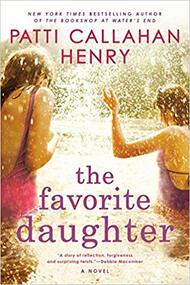 I read so much this summer that it was hard to choose what to include this year. And I almost added a new category titled BOOKS I HATED but thought that might be too much! Hint: They are excoriated (ahem! listed) on my Goodreads account. POPULAR READS.
I have many, many more books to read (and a few to write), but do share your own favorite summer reads in the comments below. I'd love to hear what brought you delight or simply got you thinking! Jane Eyre is a perennial novel for me. Yes, I teach it every year, but more importantly, I reread it every time. Not just a skim. A full read. And this is why.
photo by Margarida C Silva on Unsplash 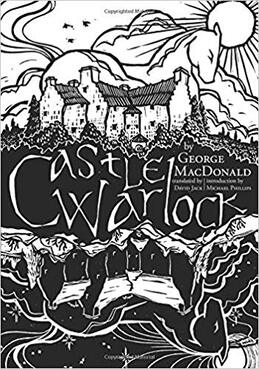 What a worthy translation by David Jack. The second in his translation series, this latest 2018 edition of Castle Warlock provides the complete original Scots text side by side with English. In his introduction Jack writes, “Many people know MacDonald chiefly as a writer of fantasies, and indeed within the story of Castle Warlock are elements of the supernatural worthily handled by the master.” And I agree. George MacDonald’s novels aren’t bound to plot as other fiction works of the 19th century are. Rather, MacDonald is bound to the poetic truth he must tell through his characters and the places they live. Treasure this as a slow read with beautiful waysides, not as a plot-driven romp. MacDonald narrates, “I think we shall come at length to feel all places, as all times and all spaces, venerable, because they are the outcome of the eternal nature and the eternal thought. When we have God, all is holy, and we are at home. The sense of belonging and the theme of fatherhood are constants. But they are things that must be found or realized. This search is evident in young Cosmo Warlock as he matures under a wise and humble father through the length of the book. No honest heart indeed could be near Cosmo long and not love him—for the one reason that humanity was in him so largely developed. The lives and stories of Joan, Aggie, and Grizzie join Cosmo’s as we slowly and certainly come to love them all. They are the stories of friends as MacDonald consistently teaches us of God’s faithfulness. Though I struggled with Cosmo’s lack of discernment when the doctor entreats him about Joan, I chalk it up to the struggle of youth and experience as MacDonald may have intended. And finally, I do admit to crying upon reading MacDonald’s poem postlude. Such beauty in the meaning of shadow and light, and how much more in God’s light revealed through MacDonald’s characters.
For information on David Jack's brave work of translating all twelve of MacDonald's Scots novels, read more at The Works of George MacDonald and enjoy a listen here. MY STUDENTS ARE CERTAIN that the word thesis applies only to nonfiction. That is after all the only way they have ever personally used it. In essays. In speeches. In formal rhetoric classes. But the word itself has no such limitation. In ancient Greek, the word means to physically place a proposition statement, to place it with intention. In logic, further etymology explains it was recorded in the 1570s as a formulation in advance of a proposition to be proved and only later in the 1650s did it come to mean a fully written speech as a dissertation presented by a candidate for a university degree. (1) Though the word itself can mean a sentence or a paper or a speech, I would like to speak of it as a seminal sentence, the one thought (or close to one) that is the seed, the pith, of a story or novel. It’s not something we the readers create. It’s a sentence the author wrote. So how do we find that sentence? Or I could better ask, how do we recognize it? I offer some questions to help:
My best examples come from Norman Maclean’s novella, A River Runs through It, because there are many sentences that capture the novel. And that’s the fun of analysis. As readers who have experienced the story, we get to choose. Do we go with the poetic, like the first sentence which holds true for the entire story? Maclean writes, “In our family, there was no clear line between religion and fly fishing.” But what of the last pages? After experiencing the grand Elkhorn Canyon and so many beautiful moments on the Big Blackfoot River, we read, “A river, though, has so many things to say that it is hard to know what it says to each of us.” And Maclean’s final words ring with beauty— Then in the Arctic half-light of the canyon, all existence fades to a being with my soul and memories and the sounds of the Big Blackfoot River and a four-count rhythm and the hope that a fish will rise. Or could that pith of a sentence be a philosophy like the curiosity theory mentioned by Maclean? Does it apply to fishing and life? “It is the theory that fish, like men, will sometimes strike at things just to find out what they are and not because they look good to eat.”
Or could we choose the theme of help when Norman offers his brother help after posting bond to get him out of jail? A few pages later, ironically, Paul asks if Norman should “help” his brother-in-law, “But maybe what he likes is somebody trying to help him.” How true for the brothers themselves. Norman’s wife Jessie says, “Why is it that people who want help do better without it—at least, no worse.” But then his father defines it— “Help is giving part of yourself to somebody who comes to accept it willingly and needs it badly. So it is...that we can seldom help anybody. Either we don’t know what part to give or maybe we don’t like to give any part of ourselves.” He comments that perhaps it is just being willing to help that counts. From the many angles of an angler, we see that a story can flow with many thesis sentences. But I would also add this caution. A story can't be interpreted in dozens of ways. It shouldn't be. It can't just mean what you want it to mean. We rely on the author's words because he does have intent. The living words of a story have a soul, and that is the sentence I look for. 1. Douglas Harper, Online Etymology Dictionary. TEACHING MY STUDENTS how to improve their own writing is no easy task. I emphasize content and typically focus on one to two stylistic elements per assignment. At the beginning of the school year, I quickly noticed that my seniors were overfond of the verb “use” in most any casual or formal writing assignment. We quickly built a synonym base for the word on the whiteboard and discussed connotations. For several months, I had them search and highlight the word, allowing for a single use. As I worked on my novel these past months, my editor had to repeatedly teach me how to balance my use of active and passive voice in both dialogue and narration. Repeatedly. It took a number of attempts for my brain to get it. And practice was very much a part of the process. My point is that it often takes mini-lessons like these as we each take steps in our writing or even speaking. And that is when writing style guides can be such a help. But forget writing classics like Strunk and White’s The Elements of Style. The concept of spelling out rules with writing examples was tackled well before the 20th century. Think of Aristotle’s Poetics in 4th century BC. Though he focuses on drama and epic, he does address the use of language and a playwright’s diction. But I would be remiss if I didn’t also consider a short but splendid stylebook of the first century, one that considers the written and the spoken word. More than our contemporary guides, Cassius Longinus explores the motive of the writer. Why is he writing? What is his end? But more importantly, can we attain sublimity of language? Are we capable of learning it? A lofty passage does not convince the reason of the reader, but takes him out of himself. That which is admirable ever confounds our judgment, and eclipses that which is merely reasonable or agreeable. To believe or not is usually in our own power; but the Sublime, acting with an imperious and irresistible force, sways every reader whether he will or no.” In On the Sublime I especially enjoy how Longinus speaks of the artistic turn of phrase, the creator's craft, as he cites concrete examples from Homer, the Bible, Sappho, Herodotus, Aristarchus, and so on. The sublime is a simple term that implies so much. The "loftiness and excellence of language" remain the ideal in writing as opposed to fluff or bombast. And yes, Longinus, fully discredits those as false writing. I think today we would call that emotional or reactionary writing. Bombast is simply writing that goes too far. The writer recognizes the need to be original in his use of description and goes overboard. Longinus eventually calls it pathetic. It seems everyone wants to be original. Too true. In Part XV, Longinus provides real examples from Homer, Sophocles, and others that we can imitate. Grand language and perfectly crafted imagery are praised most, but his third and fourth principles are the most practical. Combine figures of speech or rhetorical devices for the most effect. A “close and continuous series of metaphors” is distinctive. Use conjunctions intentionally. Arrange your words in a certain and best order. There is so much more to his advice and criticism, but I especially appreciate Longinus’ analysis of a writer’s style. After we have picked at all the parts, how do we determine what the best writing is? His final pages explore this very question-- Is it not worthwhile to raise the whole question whether in poetry and prose we should prefer sublimity accompanied by some faults, or a style which never rising above moderate excellence never stumbles and never requires correction? ... these are questions proper to an inquiry on the Sublime, and urgently ask for settlement." And Longinus finds it hard to do. At first, he says a reader can discern an innate harmony within an essay. The reader simply knows it is sublime writing. But then, Longinus provides several examples of what sublime language is not. In other words, good writing remains to this day something easy to recognize yet hard to define.
Read On the Sublime at Project Gutenberg. |

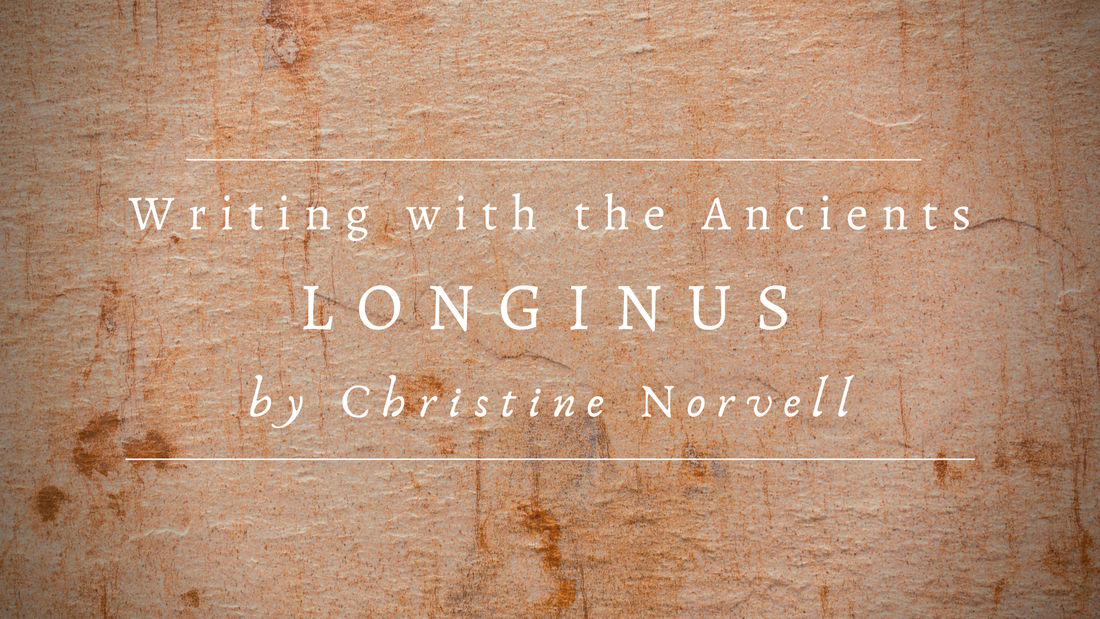

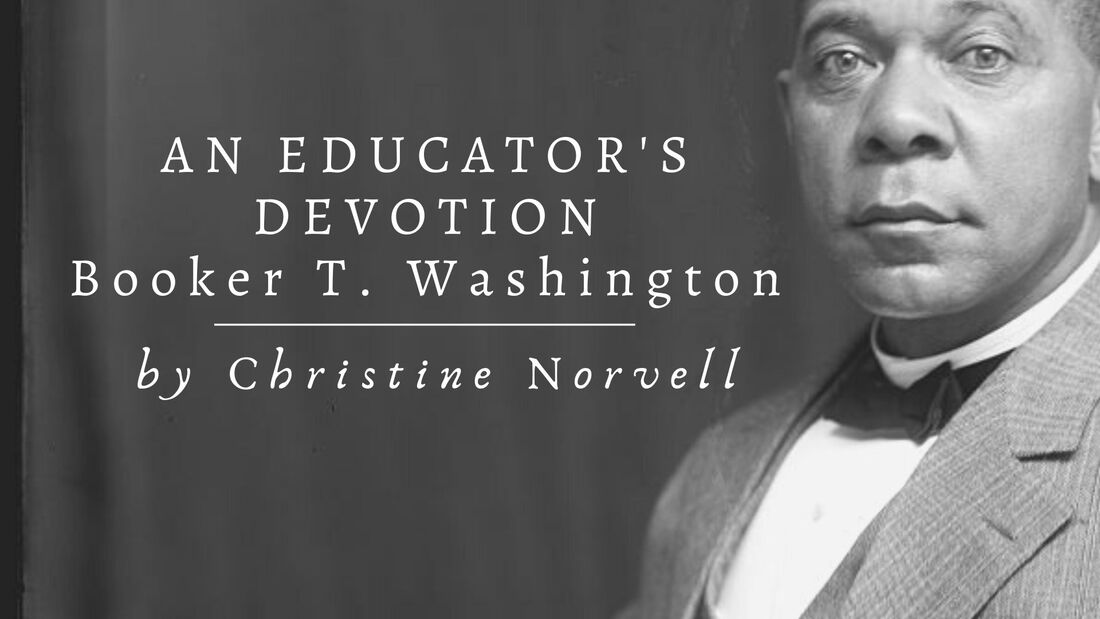
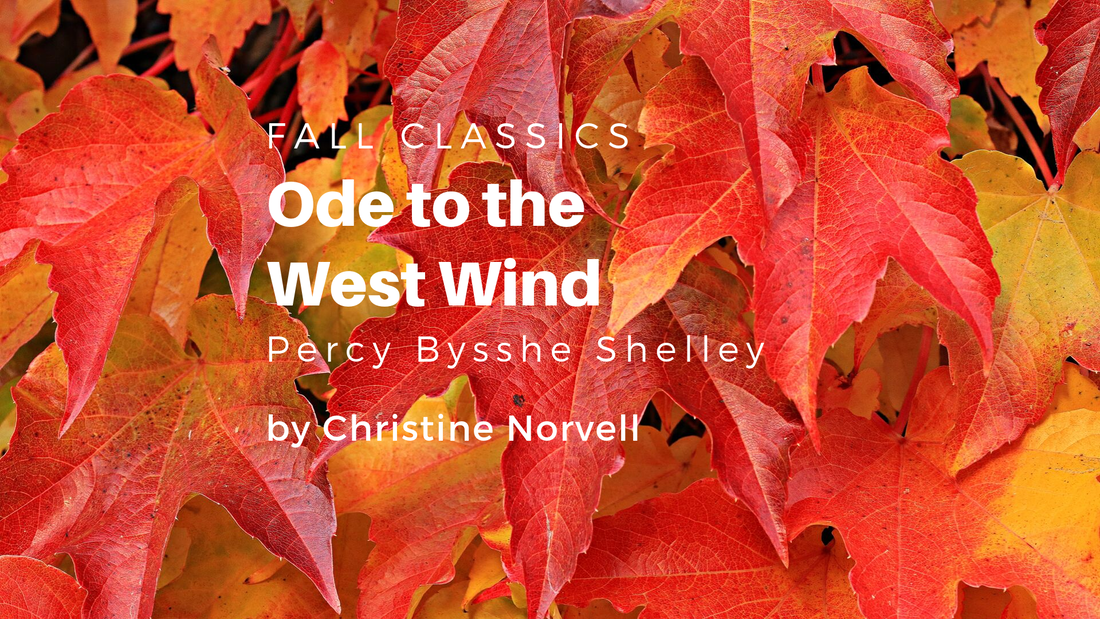
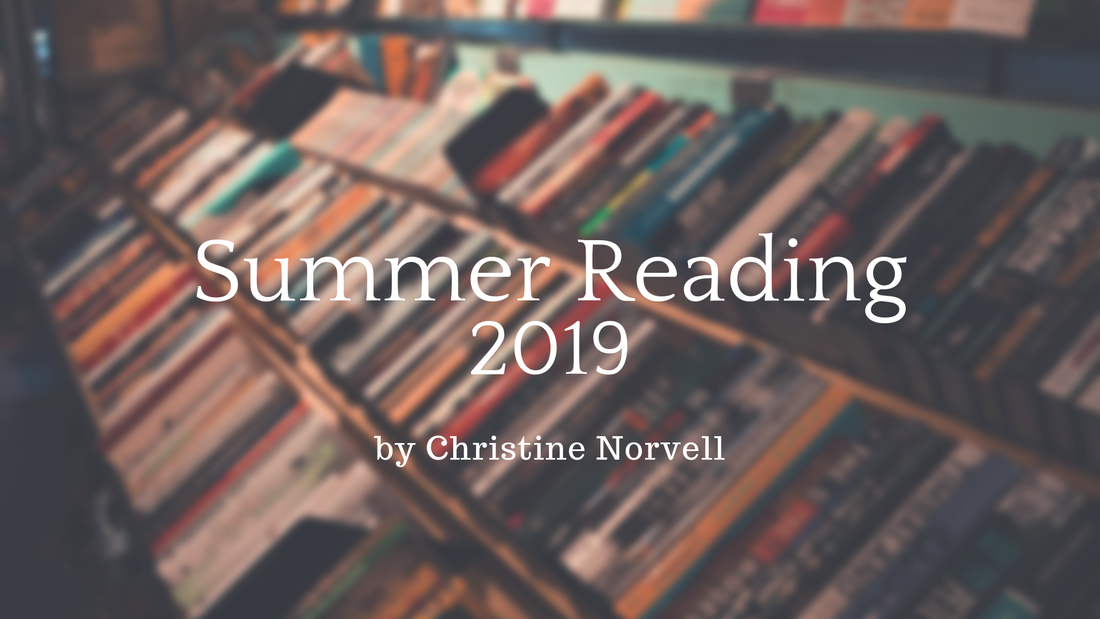

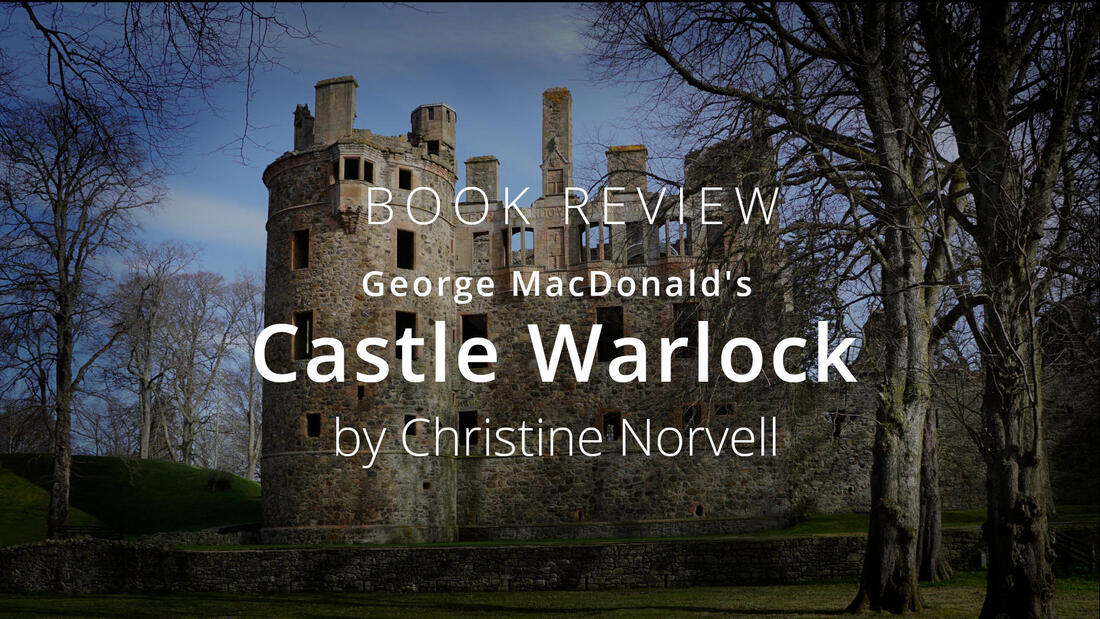
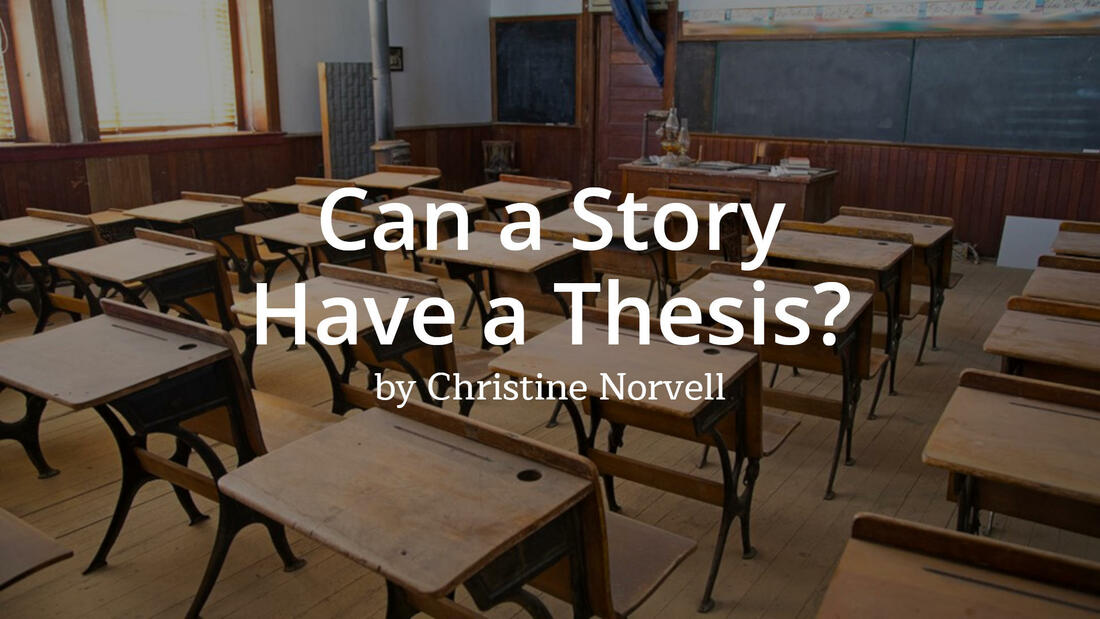
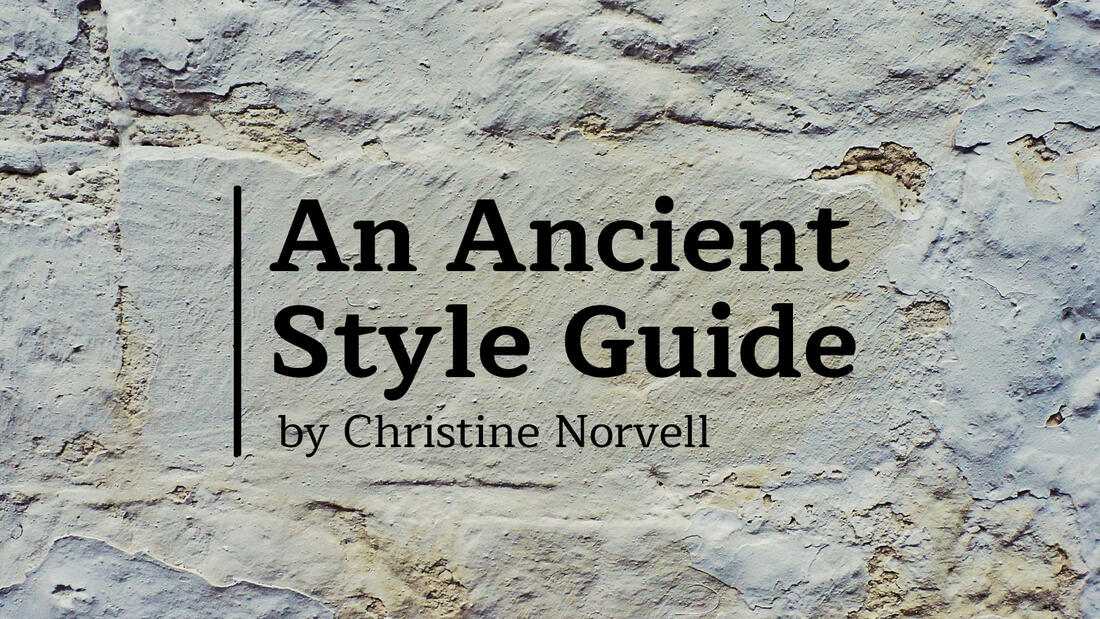
 RSS Feed
RSS Feed